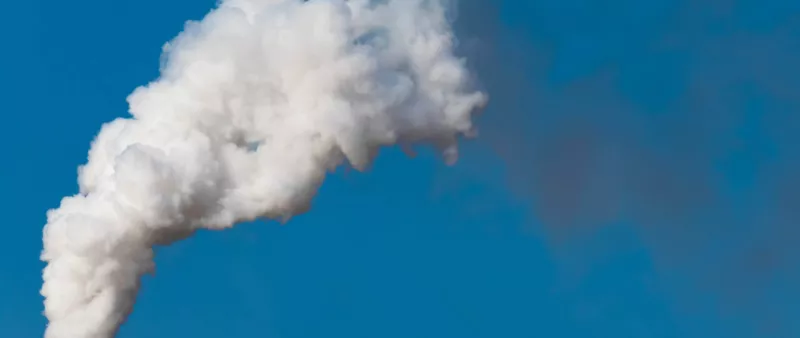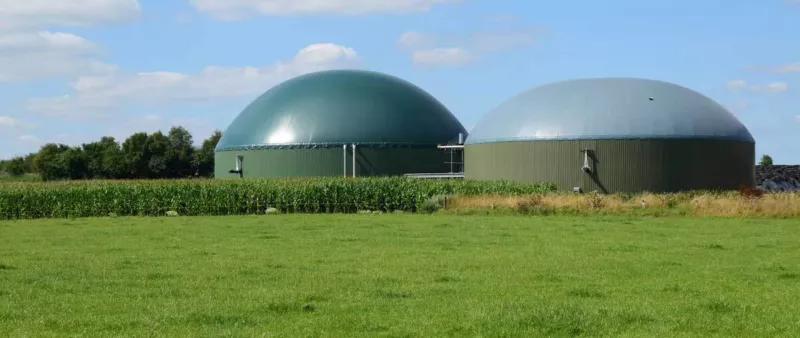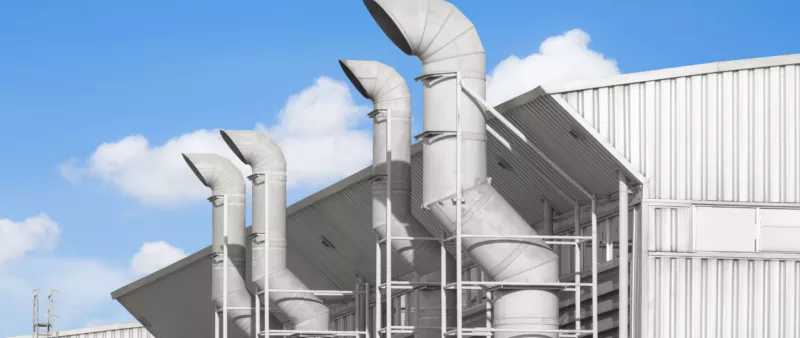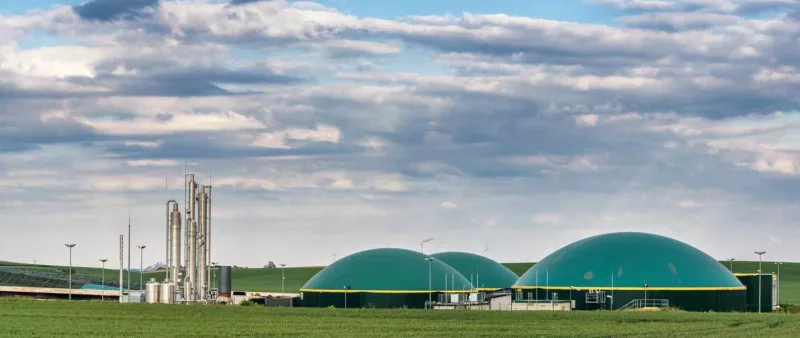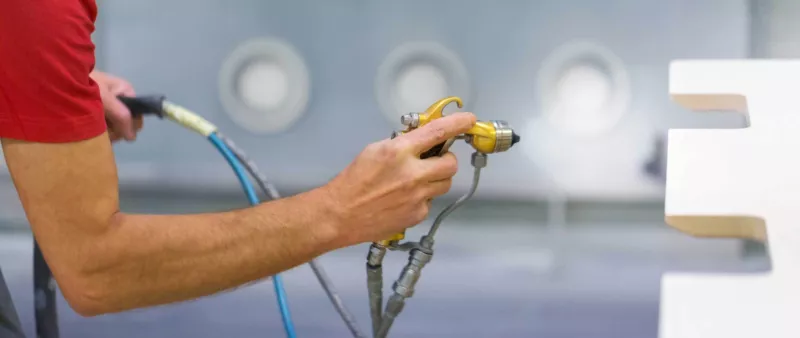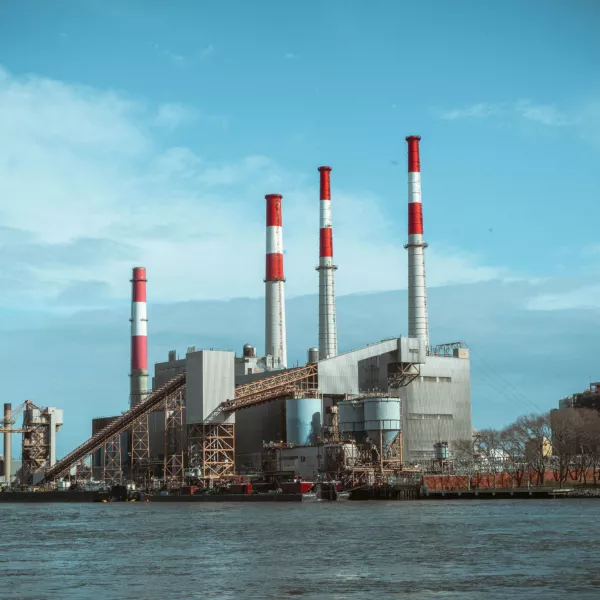Purification need
Air & gas purification
Ensuring clean air is one of the biggest challenges we face today. DESOTEC’s full-service solutions make it simple for companies to thrive while complying with environmental legislation and product quality standards. Our sustainable mobile activated carbon filters treat the following components and many others in industrial air and biogas streams.
